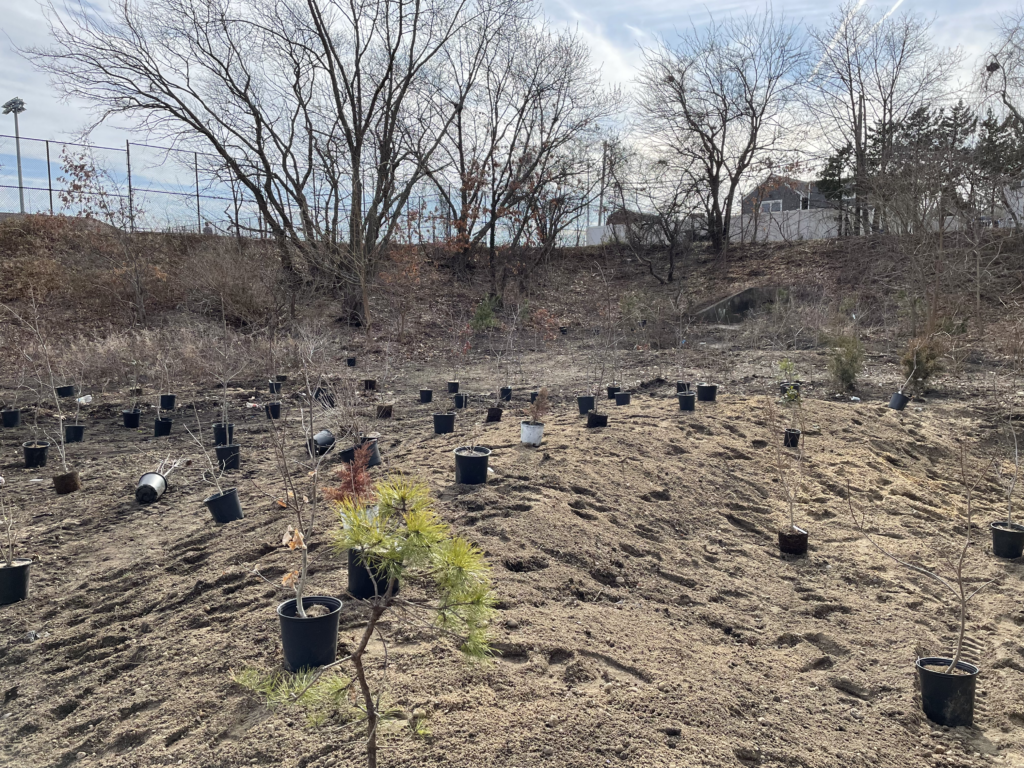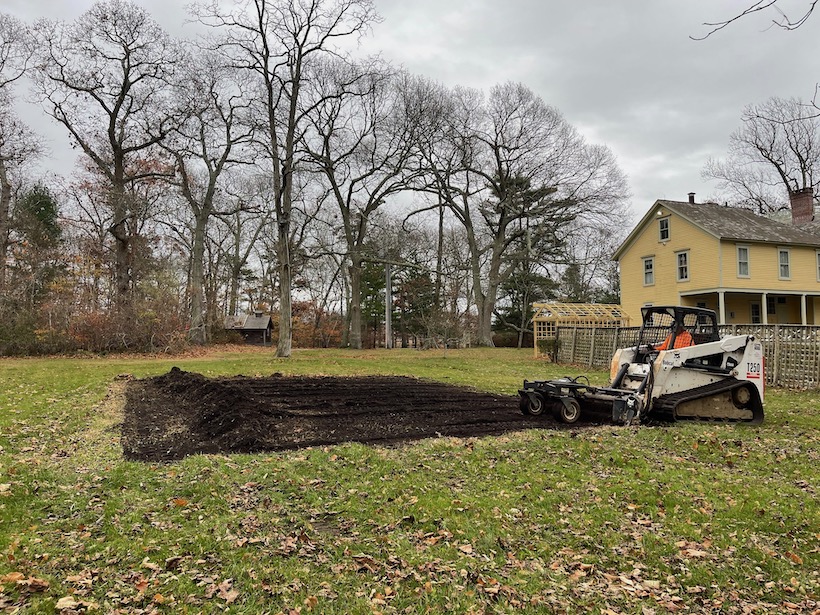Our Impact In Action
Small steps. Lasting change.
Success in conservation is built one step at a time — one native plant, one restored space, one engaged community. Each project represents a moment of progress toward a healthier, more resilient Long Island. Together, these efforts demonstrate what can happen when awareness turns into action.
To date, the Long Island Conservancy has restored 150 acres of habitat, saving over 26 million gallons of water each year and generating more than $180,000 in annual savings through sustainable practices. Our restoration work also supports thriving ecosystems — providing essential habitat for an estimated 45,000 pollinators, 4,500 birds, and 2,250 small mammals, along with countless amphibians and reptiles that depend on clean water and native vegetation.
These numbers tell a simple story: when communities come together to restore nature, the results ripple outward — strengthening ecosystems, reducing resource waste, and building a more sustainable Long Island for generations to come.
Environmental Restoration and Resource Savings
Native plantings and sustainable land management dramatically reduce runoff and irrigation demand — conserving more than 26 million gallons of water each year, easing strain on local aquifers, and cutting utility costs for communities.
Saved
Cost Savings
By reducing mowing and relying on natural maintenance practices, we lower emissions, decrease noise pollution, and lessen Long Island’s dependence on fossil fuels — saving both energy and money while helping the planet breathe easier.
Conserved
Each Year
Savings
Project Highlights
The Michael J. Sperling Memorial Bird Sanctuary
In July, 2021, a 3-acre sump in Massapequa, overrun with trash and invasive plants and prone to stormwater damage was transformed into a bird sanctuary.

Good Samaritan Nursing Home Pollinator Garden
Long Island Conservancy partnered with a local Girl Scout on her Gold Award service project to plant a garden of natives at the Good Samaritan Nursing Home in Sayville. With over three thousand native plants on less than half an acre, the Suffolk County Girl Scouts and Sayville High School will now have a ready source of native wildflower seeds to harvest and to grow in their greenhouses, and to plant in turn at other nursing homes, at schools, in parks, and in our yards.

Rehabilitation of Meadow Croft
Long Island Conservancy has been working on several initiatives at the Meadow Croft Estate, including continuously working to take out invasive species, planting a column of eleven maples to take up water and to shade out invasive phragmites, and planting “The Roosevelt Wildflower Garden,” comprised entirely of native wildflowers.



